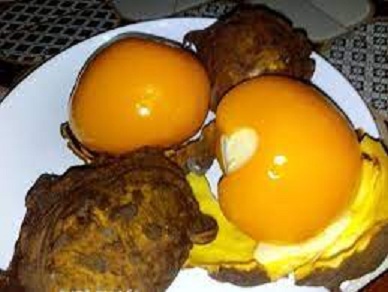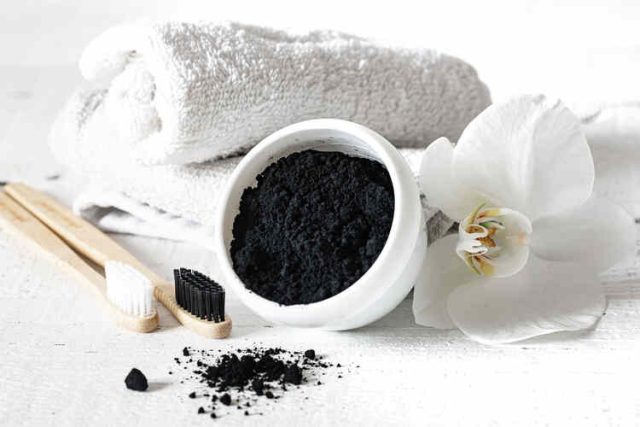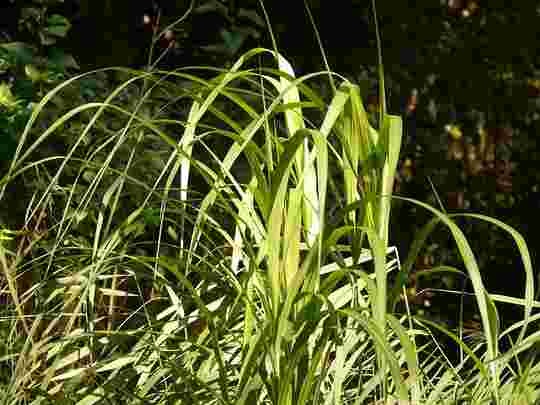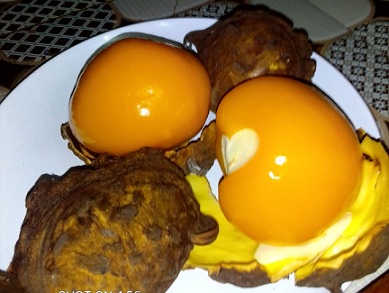
Monkey Kola Benefits – How to Eat Monkey Kola | All You Need to Know About Monkey Kola fruit
Monkey kola fruit it’s a healthy plant species with a nutritious taste that may be found in villages and homes.
How to Eat Monkey Kola, humans and a few animals, such as baboons, monkeys, and other primates, consume the fruit pulp in Nigeria.
This African fruit, with all of its nutritional advantages, needs greater awareness and attention so that people are aware of it and its incredible health benefits.
All You Need to Know About Monkey Kola
Monkey kola is a popular name for this edible wild relatives of West African kolanut, including Cola lateritia K. Schum, Cola pachycarpa K. Schum, and Cola lepidota K. Schum. Are all botanical names while the English name of monkey kola. These are indigenous tropical fruit species that thrive in the humid woods of West and Central Africa.
In Yoruba, monkey kola is referred to as obi edun. It’s also known as Ochicha, Utu, Achicha, or Ochiricha in Igbo, and Ndiya in Efik/Ibibio.
Can You Eat Monkey Kola fruit?
Yes! This wonderful fruit is high in potassium and calcium, which helps to strengthen bones and reduce fracture risk. Potassium-rich foods may help you feel better.
How to Eat Monkey Kola
- Wash the tough lizard skin-like texture of the yellow monkey kola fruit first.
- Then, split it in half and scoop out the seed.
- Take a bite of the fruit after that; it produces these crunchy sound like a new apple. It creates a resounding crisp.
Serve and Eat!
The 5 Most Important Facts About Monkey Kola Health Benefits
- The flesh of monkey kola can be yellow, red, or white and is edible. The yellow Monkey kola type known as cola is the most popular and has more nutritional and therapeutic benefits than the red and white monkey kola varieties.
- The leaves of monkey kola are therapeutic and are used to cure eye infections. Monkey kola is a satisfying and tasty fruit, despite its scarcity.
- The white pulp of the Monkey kola is known as cola lepidota and is the least popular, whereas the red pulp of the Monkey kola is known as cola lateritia.
- The fruit of the monkey kola is as crunchy as a carrot. The fruits are available from June to November and are packed with vitamins and minerals. Fiber, vitamins, and minerals are abundant in them.
- Calcium, phosphorus, iron, sodium zinc, and potassium are among the minerals found in them.
Nutritional Content of Monkey kola
In Monkey kola Iron, zinc, and copper, as well as B-vitamins and vitamin C, were abundant in monkey kola. The phytochemical concentration was rather high, with flavonoids being the most prevalent. Monkey kola is a fruit that should be used to its maximum capacity in terms of health advantages.
Calcium, potassium, and -carotene were the most common minerals. Sodium, calcium, and phosphorus:
Benefits of Monkey Kola – How to Eat Monkey Kola fruit?
Monkey Kola Improves Heart Health
Cola Parchycarpa intake can moderately assist lower the risk of heart disease as it is rich in metabolites that give a major benefit to the health of the heart.
Flavonoids have demonstrated some beneficial effect on the heart. They demonstrated preventive benefits from cardiac and heart damage causing coronary artery disorders.
Monkey Kola Helps Maintains Healthy Bones
In yellow monkey kola, essential minerals are proved to be crucial for the maintenance of healthy bones and protein synthesis, as well as for the correct functioning and development of vital body cells, organs, tissues and bodily processes.
Sufficient mineral intake, especially in fruits such as yellow monkey kola, can protect bone loss risk.
Some minerals like calcium and potassium are utilized to prevent osteoporosis-induced fractures of the bones in this fruit: protein and vitamin D.
Monkey Kola Help Improves Skin Health
The beta-carotene component of this yellow monkey cola aids to good skin by giving it an attractive shine.
This beta-carotene is a provitamin A carotenoid and a powerful antioxidant that contributes to skin enrichment by repairing and preserving damaged skin cells.
It protects the skin from the effects of aging, such as wrinkles, by acting as an antioxidant.
Moderate cholesterol in the body
This fruit helps decrease the amount of bad cholesterol, known as low-density lipoprotein, and improves the high-density lipoprotein known as the good cholesterol because of the presence of niacin (vitamins B3).
Monkey Kola Benefits Eye Health
The body turns beta-carotene into vitamin A of the fruit that helps maintain your eye health.
Vitamin A is a natural vitamin in the yellow monkey kola, which is vital to improve excellent vision and prevent eye abnormalities due to a shortage of vitamin.
Maintained Healthy Gastrointestinal Tract with Monkey Kola
Like other fruits, in other words, cola parchycarpa, yellow monkey kola includes soluble fibers that promote the health of the gastrointestinal tract.
In yellow kola, the soluble fiber protects the high organs connecting the mouth, gut (large and small) and esophagus with the anus. This means that the impact begins from the intake to discharge.
What is Monkey kola in Hausa?
In Hausa, it’s known as Goron birri
What is Monkey kola Yoruba? Obi Edun
The Yoruba’s call it Obi edun
What is Ndiya fruit called in English?
Monkey kola is Ndiyah fruit as Efik/Ibibios refer to it as Ndiyah.
What is Monkey kola Igbo?
It’s also known as Ochicha, Utu, Achicha, or Ochiricha in Igbo,
Red Monkey Kola
Red Monkey kola, Botanical name: Cola millenii K. Schum, is one of numerous kinds found throughout West Africa. and it features a crimson exocarp and a white seed within. It, like other kinds, has a wide range of therapeutic characteristics and health advantages.
The Benefits of Red Monkey Kola
The leaf of the monkey kola plant is occasionally eaten as food, and the plant (the unspecified portion) is used to treat various shin ailments. The wood is often used in carpentry.
Monkey Kola and Pregnancy
Monkey kola is a healthy fruit with the right vitamins and minerals required during Pregnancy and breastfeeding. it doesn’t have any negative effect on the unborn child rather it nourishes both the mother and child all through the pregnancy period.
Monkey Kola Leaf
Monkey kola leaves are medicinal and are used to treat eye infections. Monkey kola is a delicious and delightful fruit.
Monkey Kola Tree
Cola pachycarpa K. Schum, Cola lateritia K. Schum, and Cola lepidota K. Schum are edible wild relatives of West African kolanut known as monkey kola tree. All of the botanical names are different, but the English name for monkey kola is the same. These are native tropical fruit species that thrive in West and Central Africa’s wet forests.
Monkey Kola Side Effects
Monkey kola has a high nutritional content and should be consumed in moderation for health benefits.


